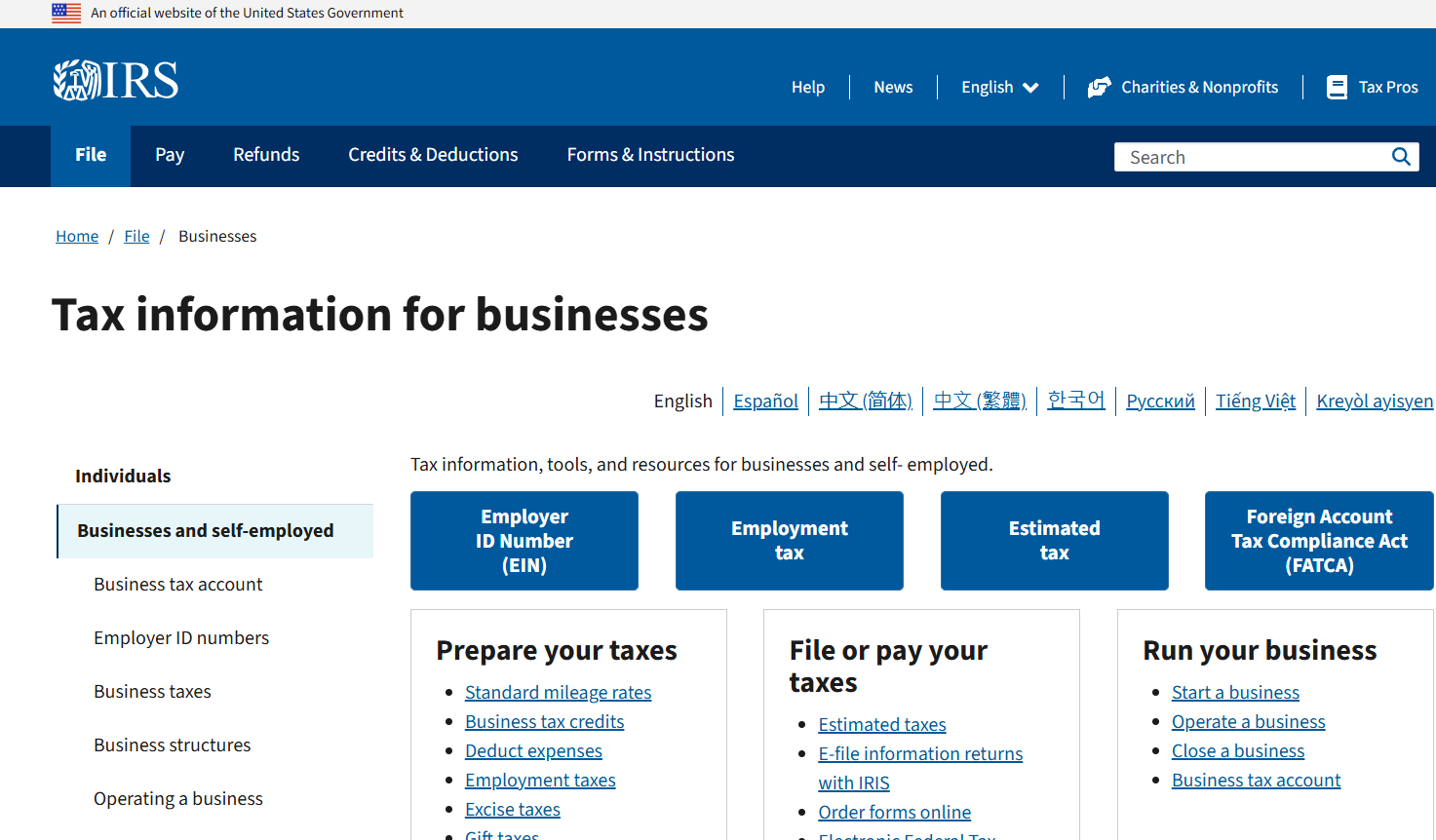President-Elect Trump’s Tax Plan
by Gregory S. Dowell
While the election has been settled and we have elected Donald Trump as our next president, many questions remain in the minds of many taxpayers and their advisors. In particular, what tax changes should be anticipated as a result of the election? This process should begin with a look at the Trump tax proposals. The following was taken directly from Candidate Trump’s website:
Donald J. Trump’s Vision
- Reduce taxes across-the-board, especially for working and middle-income Americans who will receive a massive tax reduction.
- Ensure the rich will pay their fair share, but no one will pay so much that it destroys jobs or undermines our ability to compete.
- Eliminate special interest loopholes, make our business tax rate more competitive to keep jobs in America, create new opportunities and revitalize our economy.
- Reduce the cost of childcare by allowing families to fully deduct the average cost of childcare from their taxes, including stay-at-home parents.
Tax Law Changes
The Trump Plan will revise and update both the individual and corporate tax codes:
Individual Income Tax
Tax rates
The Trump Plan will collapse the current seven tax brackets to three brackets. The rates and breakpoints are as shown below. Low-income Americans will have an effective income tax rate of 0. The tax brackets are similar to those in the House GOP tax blueprint.
Brackets & Rates for Married-Joint filers:
Less than $75,000: 12%
More than $75,000 but less than $225,000: 25%
More than $225,000: 33%
*Brackets for single filers are ½ of these amounts
The Trump Plan will retain the existing capital gains rate structure (maximum rate of 20 percent) with tax brackets shown above. Carried interest will be taxed as ordinary income.
The 3.8 percent Obamacare tax on investment income will be repealed, as will the alternative minimum tax.
Deductions
The Trump Plan will increase the standard deduction for joint filers to $30,000, from $12,600, and the standard deduction for single filers will be $15,000. The personal exemptions will be eliminated as will the head-of-household filing status.
In addition, the Trump Plan will cap itemized deductions at $200,000 for Married-Joint filers or $100,000 for Single filers.
Death Tax
The Trump Plan will repeal the death tax, but capital gains held until death and valued over $10 million will be subject to tax to exempt small businesses and family farms. To prevent abuse, contributions of appreciated assets into a private charity established by the decedent or the decedent’s relatives will be disallowed.
Childcare
Americans will be able to take an above-the-line deduction for children under age 13 that will be capped at state average for age of child, and for eldercare for a dependent. The exclusion will not be available to taxpayers with total income over $500,000 Married-Joint /$250,000 Single, and because of the cap on the size of the benefit, working and middle class families will see the largest percentage reduction in their taxable income.
The childcare exclusion would be provided to families who use stay-at-home parents or grandparents as well as those who use paid caregivers, and would be limited to 4 children per taxpayer. The eldercare exclusion would be capped at $5,000 per year. The cap would increase each year at the rate of inflation.
The Trump Plan would offer spending rebates for childcare expenses to certain low-income taxpayers through the Earned Income Tax Credit (EITC). The rebate would be equal to 7.65 percent of remaining eligible childcare expenses, subject to a cap of half of the payroll taxes paid by the taxpayer (based on the lower-earning parent in a two-earner household).
This rebate would be available to married joint filers earning $62,400 ($31,200 for single taxpayers) or less. Limitations on costs eligible for exclusion and the number of beneficiaries would be the same as for the basic exclusion. The ceiling would increase with inflation each year.
All taxpayers would be able to establish Dependent Care Savings Accounts (DCSAs) for the benefit of specific individuals, including unborn children. Total annual contributions to a DCSA are limited to $2,000 per year from all sources, which include the account owner (parent in the case of a minor or the person establishing elder care account), immediate family members of the account owner, and the employer of the account owner. When established for children, the funds remaining in the account when the child reaches 18 can be used for education expenses, but additional contributions could not be made.
To encourage lower-income families to establish DCSAs for their children, the government will provide a 50 percent match on parental contributions of up to $1,000 per year for these households. When parents fill out their taxes they can check a box to directly deposit any portion of their EITC into their Dependent Care Savings Account. All deposits and earnings thereon will be free from taxation, and unused balances can rollover from year to year.
Business Tax
The Trump Plan will lower the business tax rate from 35 percent to 15 percent, and eliminate the corporate alternative minimum tax. This rate is available to all businesses, both small and large, that want to retain the profits within the business.
It will provide a deemed repatriation of corporate profits held offshore at a one-time tax rate of 10 percent.
It eliminates most corporate tax expenditures except for the Research and Development credit.
Firms engaged in manufacturing in the US may elect to expense capital investment and lose the deductibility of corporate interest expense. An election once made can only be revoked within the first 3 years of election; if revoked, returns for prior years would need to be amended to show revised status. After 3 years, election is irrevocable.
The annual cap for the business tax credit for on-site childcare authorized by Sec. 205 of the Economic Growth and Tax Relief Reconciliation Act of 2001 would be increased to $500,000 per year (up from $150,000) and recapture period would be reduced to 5 years (down from 10 years).
Businesses that pay a portion of an employee’s childcare expenses can exclude those contributions from income. Employees who are recipients of direct employer subsidies would not be able to exclude those costs from the individual income tax and the costs of direct subsidies to employees could not be used as a cost eligible for the credit.
Again, the above is directly from the campaign’s website. Some of the major quick takeaways are:
- Fewer tax brackets and lower tax rates for individuals and businesses
- Elimination of the alternative minimum tax (AMT)
- Elimination of the Federal estate tax on estates under $10 million (apparently with other exceptions for small businesses and farmers).
- One-time repatriation tax of 10% on corporate cash brought back into the U.S.
It is impossible to say what changes will actually make their way into our tax code at this time. Congress would have to be on board, of course, and the lost revenue would need to be recovered somehow, whether through expense reduction or real incremental growth in the U.S. economy. There are very few sure bets at this time, but it will be important for individuals and businesses to follow any new developments.










